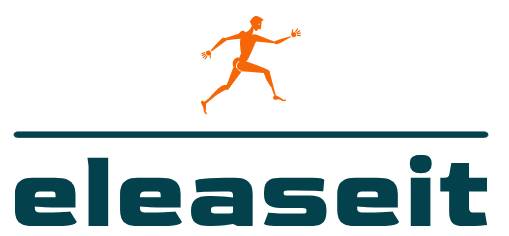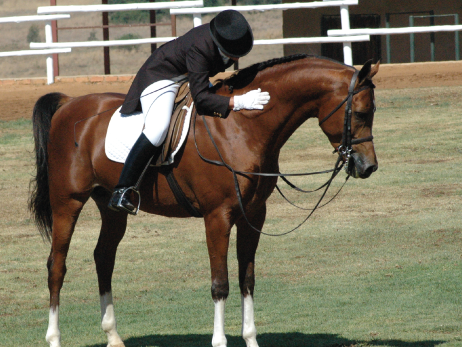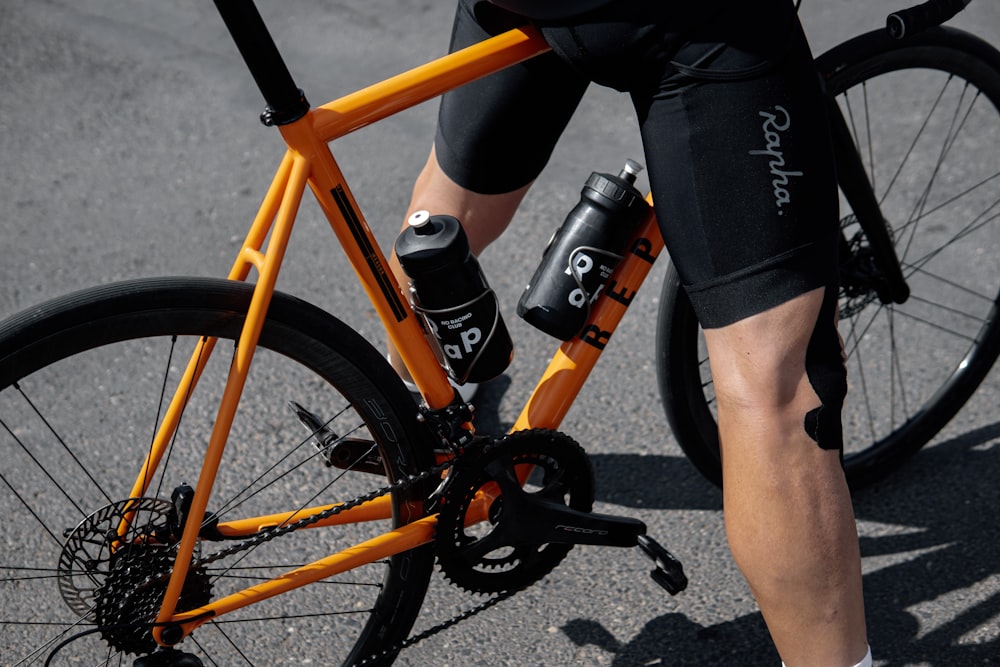Introduction:
For many fitness enthusiasts, mastering the squat is a badge of honor. Not only does it target multiple muscle groups, but it also serves as a benchmark for strength and power. However, increasing the weight you can squat is often easier said than done. In this article, we’ll explore essential tips and techniques to help you boost your squat and lift more weight effectively.
Master Proper Form:
Before attempting to lift heavier weights, it’s crucial to master proper squat form. This means maintaining a straight back, engaging your core, and ensuring your knees track over your toes as you lower into the squat position. Proper form not only minimizes the risk of injury but also maximizes the effectiveness of the exercise by targeting the intended muscle groups.
Focus on Mobility and Flexibility:
Mobility and flexibility are essential for performing a deep and effective squat. Tight muscles and limited range of motion can hinder your ability to squat properly and increase the risk of injury. Incorporate dynamic warm-up exercises, foam rolling, and static stretches to improve hip, ankle, and thoracic spine mobility, allowing you to achieve a deeper squat with better alignment.
Build Lower Body Strength:
Building lower body strength is key to increasing your squat weight. Incorporate compound exercises such as deadlifts, lunges, and leg presses into your workout routine to target and strengthen the muscles used in the squat, including the quadriceps, hamstrings, glutes, and calves. Progressive overload, gradually increasing the weight and intensity of your workouts over time, is essential for continued strength gains.
Engage Your Core and Stabilizers:
A strong core and stabilizer muscles are crucial for maintaining balance and stability during the squat. Engage your core muscles by bracing your abdominals as if you were preparing to take a punch. Additionally, focus on activating the muscles of your lower back, hips, and shoulders to provide stability throughout the movement. This not only improves your squat form but also allows you to lift heavier weights more safely.
Experiment with Foot Position and Stance:
Foot position and stance width can significantly impact your squat performance. Experiment with different foot positions, including shoulder-width, narrow, and wide stances, to determine which feels most comfortable and allows for the greatest range of motion. Additionally, consider the angle of your feet and whether pointing them slightly outward or inward helps you maintain proper alignment and stability during the squat.
Utilize Proper Breathing Techniques:
Proper breathing techniques play a crucial role in squatting heavier weights. Take a deep breath into your diaphragm before descending into the squat, then exhale forcefully as you drive the weight back up. This breathing pattern helps stabilize your core and increase intra-abdominal pressure, providing support and power throughout the lift.
Gradually Increase Weight and Volume:
Progressive overload is the key to increasing your squat weight over time. Gradually increase the weight you lift while maintaining proper form and technique. Additionally, gradually increase the volume of your workouts by incorporating more sets, reps, or exercises targeting the lower body. This gradual approach allows your muscles to adapt and grow stronger without risking injury or burnout.
Address Weak Points and Imbalances:
Identifying and addressing weak points and imbalances is essential for improving your squat performance. Pay attention to areas of your body that feel particularly weak or unstable during the squat, and incorporate targeted exercises to strengthen those muscles. This might include single-leg exercises, hip thrusts, or core stabilization exercises to address any weaknesses and improve overall squat strength.
Prioritize Recovery and Rest:
Finally, prioritize recovery and rest to allow your muscles to recover and grow stronger. Adequate rest between workouts, proper nutrition, hydration, and quality sleep are all essential for optimal recovery and muscle growth. Listen to your body and take rest days when needed to prevent overtraining and reduce the risk of injury. Remember, progress takes time, so be patient and consistent in your efforts to boost your squat and lift more weight. Read more about tips to squat more weight






